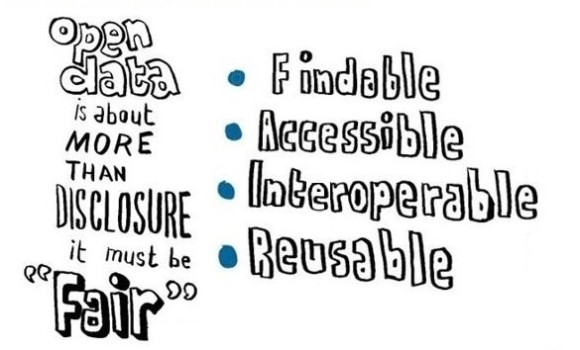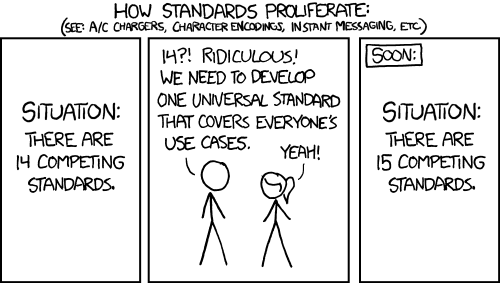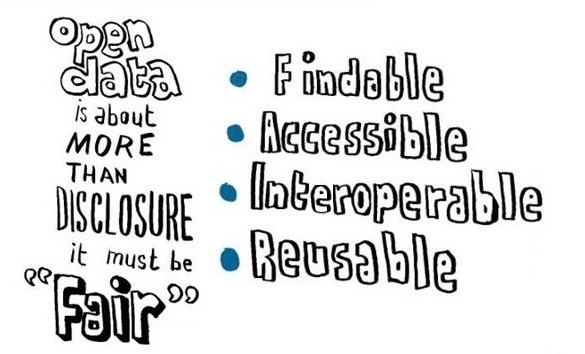
In my work for BioSharing, I get to see a lot of biological data standards. Although you might laugh at the odd dichotomy of multiple standards (rather than One Standard to Rule Them All), there are reasons for it. Some of those reasons are historical, such as a lack of cross-community involvement during inception of standards, and some are technical, such as vastly different requirements in different communities. The FAIR paper, published yesterday by Wilkinson et al. (and by a number of my colleagues at BioSharing) in Scientific Data, helps guide researchers towards the correct standards and databases by clarifying data stewardship and management requirements. If used correctly, a researcher can be assured that as long as a resource is FAIR, it’s fine.
This article describes four foundational principles—Findability, Accessibility, Interoperability, and Reusability—that serve to guide data producers and publishers as they navigate around these obstacles, thereby helping to maximize the added-value gained by contemporary, formal scholarly digital publishing. Importantly, it is our intent that the principles apply not only to ‘data’ in the conventional sense, but also to the algorithms, tools, and workflows that led to that data. All scholarly digital research objects—from data to analytical pipelines—benefit from application of these principles, since all components of the research process must be available to ensure transparency, reproducibility, and reusability.(doi:10.1038/sdata.2016.18)
This isn’t the first time curators, bioinformaticians and other researchers have shouted out the importance of being able to find, understand, copy and use data. But any help in spreading the message is more than welcome.

Need more help finding the right standard or database for your work? Visit BioSharing!
Further information:
- The paper by Wilkinson et al. (doi:10.1038/sdata.2016.18)
- The ISA blog post on joining the “funFAIR”
- The Dutch Tech Centre for Life Sciences press release


You must be logged in to post a comment.